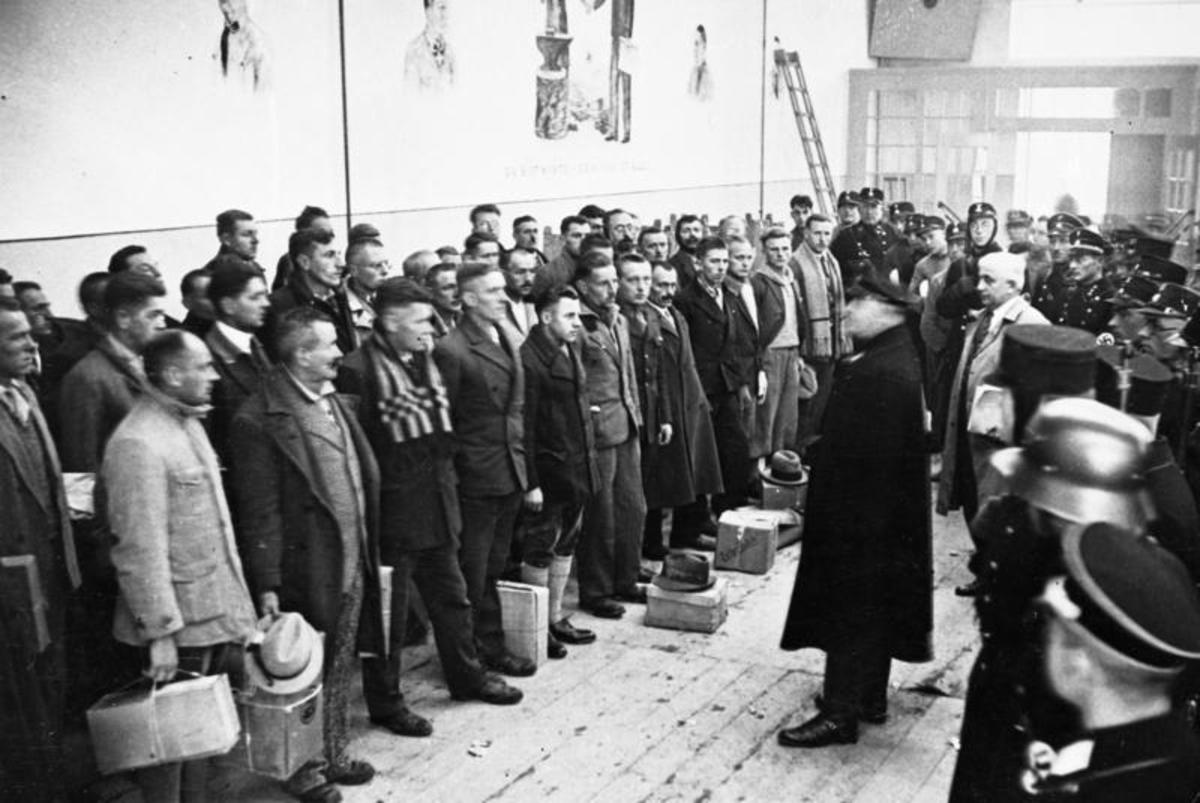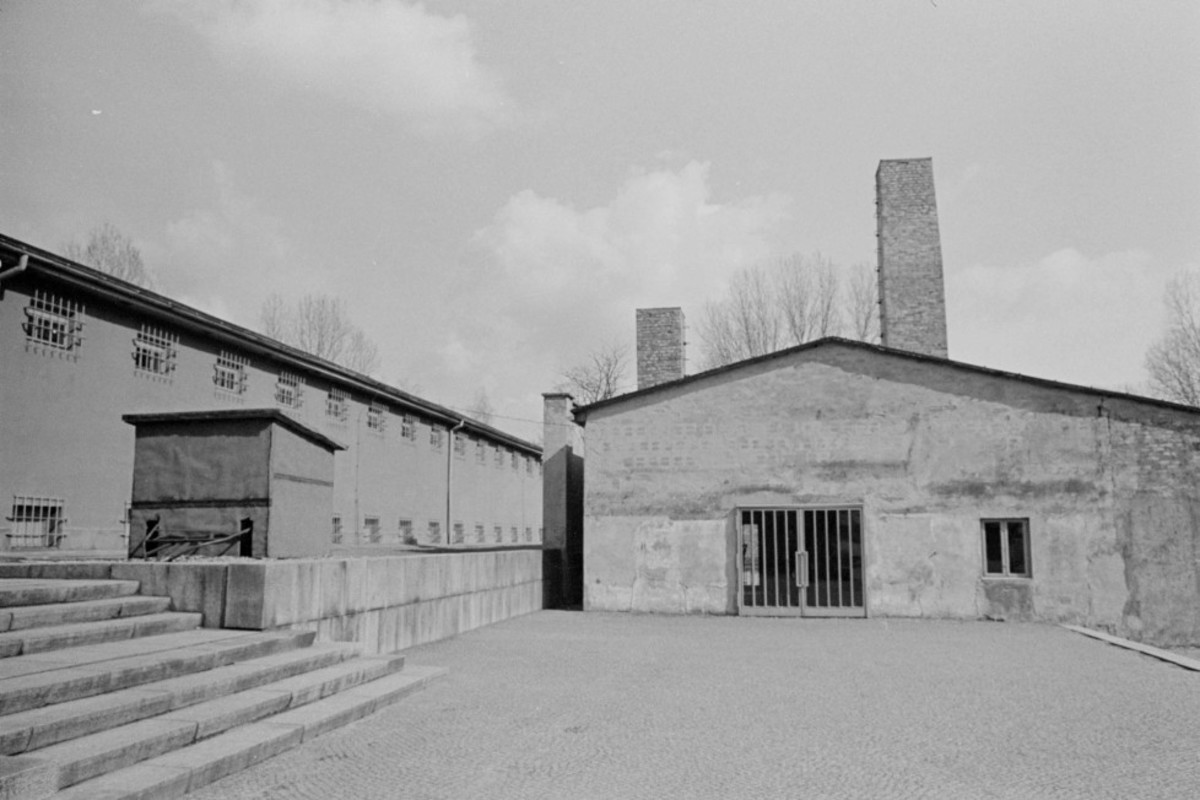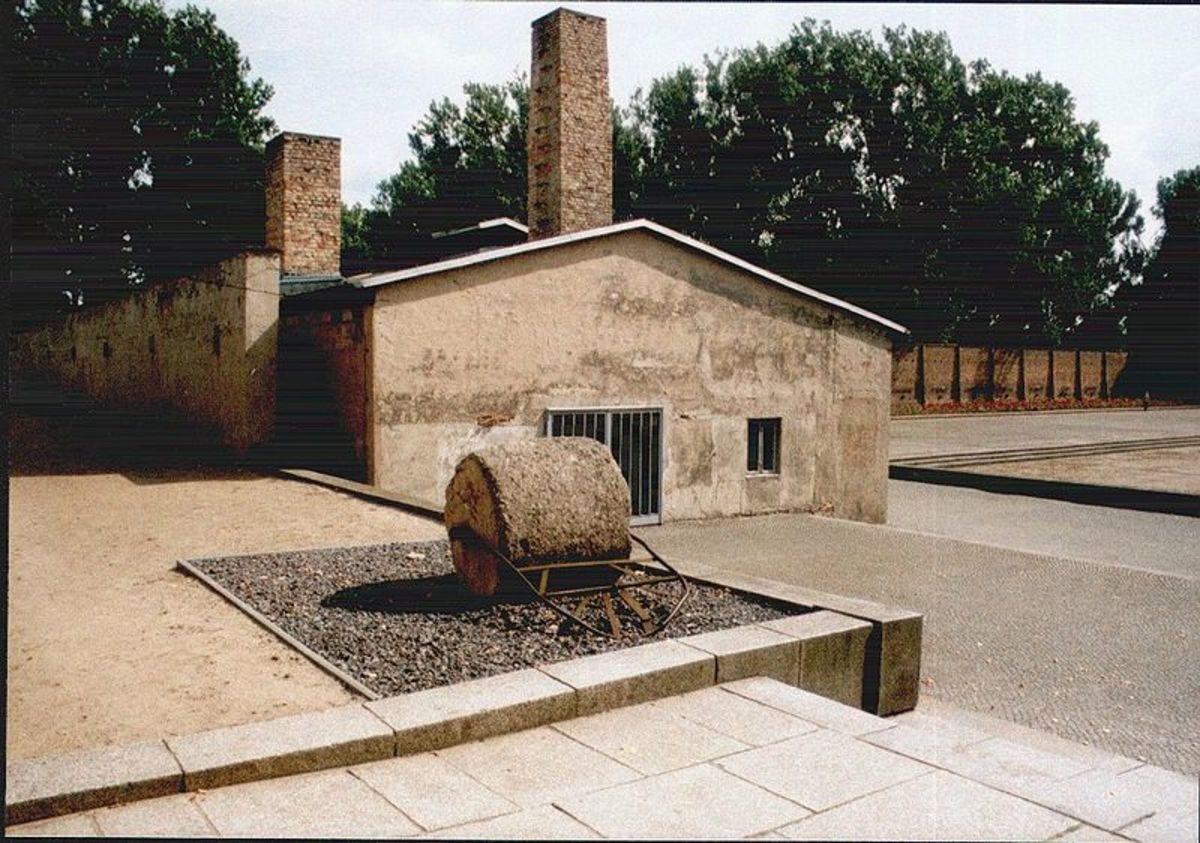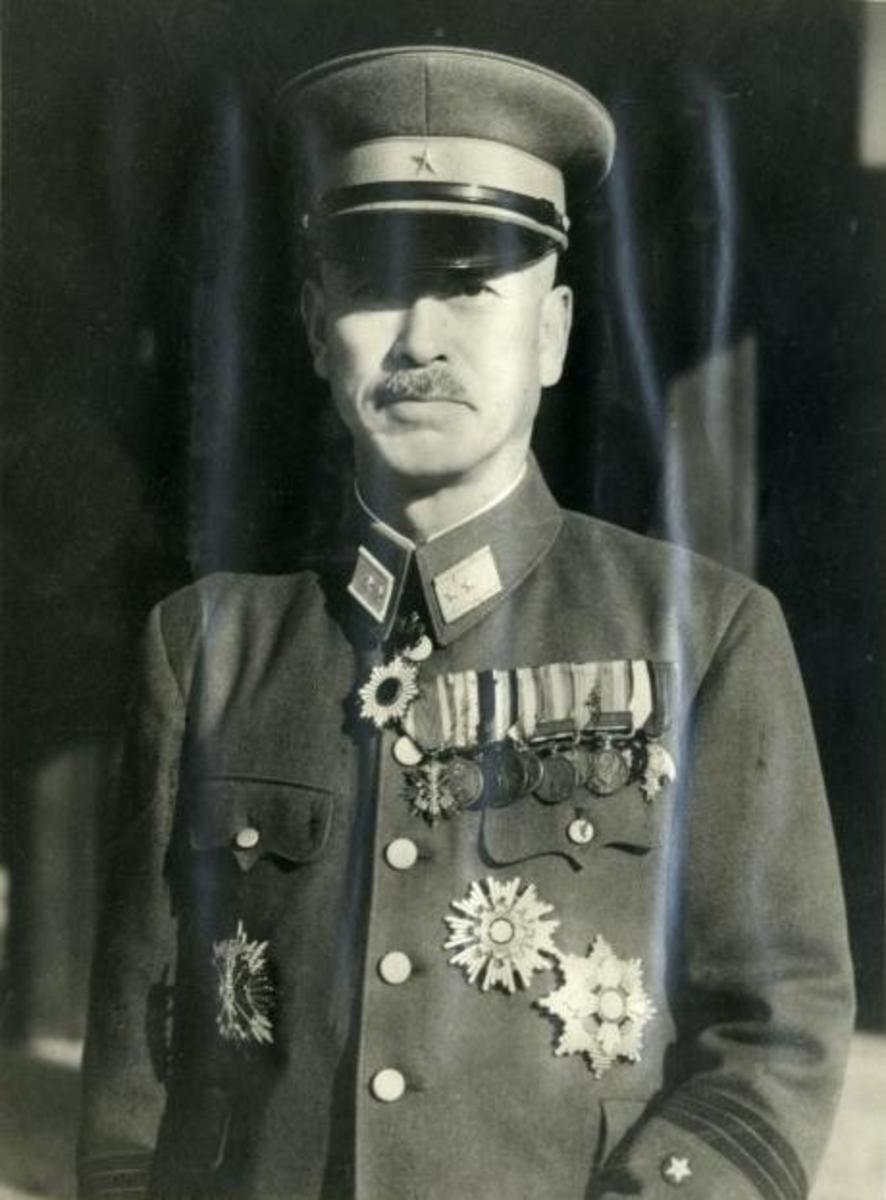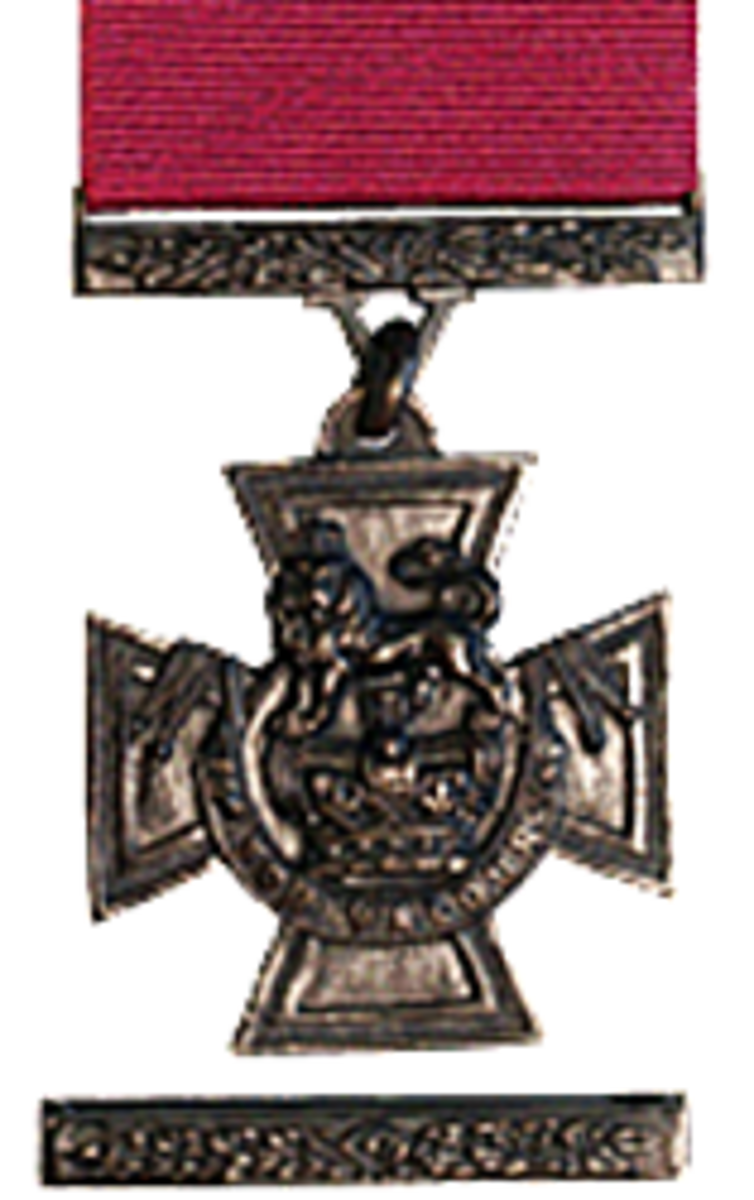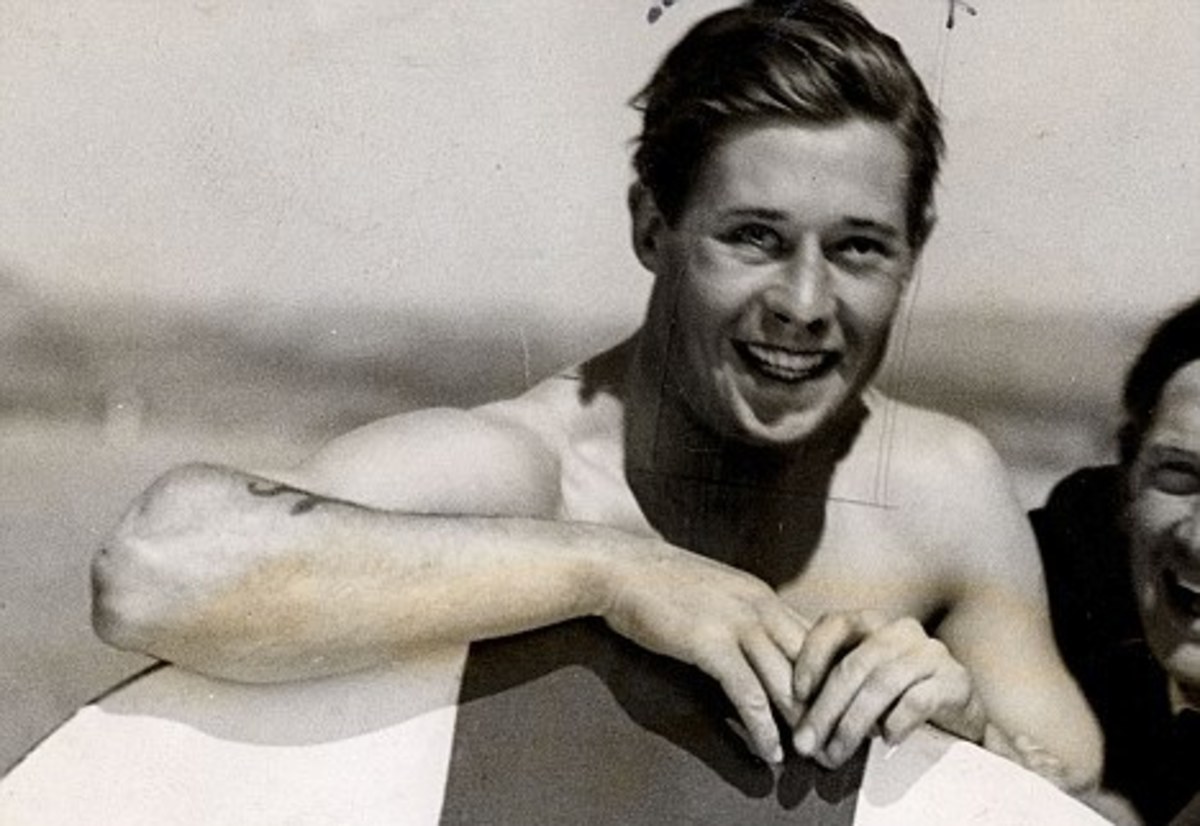- HubPages»
- Education and Science»
- History & Archaeology»
- History of the Modern Era»
- Twentieth Century History
Resistance and Escape from Auschwitz Concentration Camp
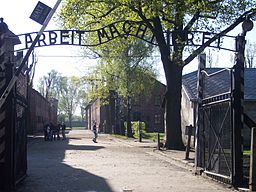
Work makes you free
Most readers will probably think of Auschwitz as the Nazi German death camp near Krakow- an instrument of the final solution with inmates perishing within hours of their arrival; though the majority did, there were some ,mainly polish prisoners who survived and were able to escape.These prisoners were kept in the work camp which was the origina Auschwitz concentration camp before the arrival and destruction of the Jews
A death camp
The camp at Auschwitz is known for causing the death of in excess of 2,500,000 men, women and children, yet it was also a concentration camp which housed another 150,000 prisoners. The camp started with its first transport of polish soldiers on 14th June 1940. During those early months there were successful escape bids by poles who received help from the local population- hence the request from the camp commander to clear the perimeter of the site for 20 miles- the local polish population was simply moved out of the way.
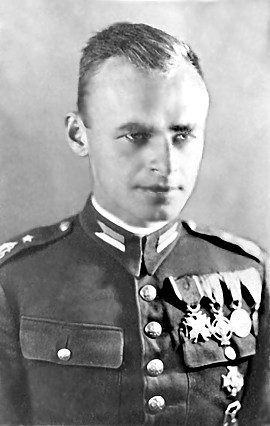
Captain Witold Pilecki
The first resistance movement in Auschwitz was organised outside of the camp and involved a cavalry reserve officer Captain Witold Pilecki, intentionally letting himself be picked up in a round up in Warsaw . His objectives were to form a military organisation to keep up prisoner’s spirits; providing if possible extra food and clothing and sending reports to the Military Underground Leaders about conditions within the camp. Pilecki used a system of Fives which resulted in many small groups of five men; who did not know each other. In November 1940 a prisoner was unexpectedly released and Pilecki was able to send a report to Warsaw through this man, therefore by March 1941 the Allies were aware of the conditions in the Concentration camp but this was before the crematoria arrived. There were other organisations run by the Socialists and these organisations were variably run on the same principle as Piclecki that no man knew every member of the organisation. On Christmas Eve 1941 a highly dangerous meeting was held in Block No 25 with representatives from all polish organisations that united in a common front against the common enemy, Nazi Germany
Radio Communications
One of Pilecki’s aims had been to spread the news about the progress of the war throughout the camp. To do this he managed to hide a radio from the SS guards for over seven months. It was hidden in the hospital infectious block and the SS guards kept away from there because they feared typhus. The polish doctors had spread rumours that they were treating patients with that disease. The radio both received and transmitted and the prisoners were able to transmit some news about the gas chambers that were now in use. By the autumn the danger was too great and the set had to be dismantled
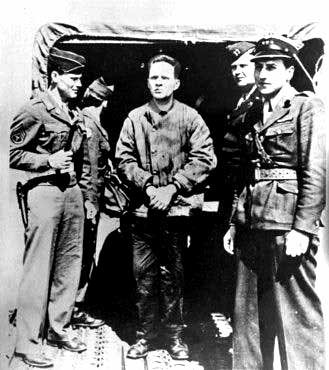
Reprisals after escape bids
There were a number of successful escapes by polish nationals, just over 650 attempted to escape and nearly 400 people were successful. Punishment for those left in the camp after escape could be severe. Often the SS would take other men from the block where the escaped prisoner had lived and put them in Block 11 where they were left to die without either food or water.
There was a very hair raising and bravely successful escape attempt in June 1942 when four prisoners stole SS uniforms and being dressed as guards they took an SS car and drove out of the camp- again this enabled a further report to be taken to the resistance in Warsaw.
Organised resistance within the camp
During mid 1942 and early 1943 the resistance in the camp was organised by Pilecki into four divisions although it was still on a secret basis so that few knew other members. The prisoners had managed to obtain duplicate keys to the SS magazines and rifle lockers and some SS men, those who had lived in Poland before the war, made public their hitherto private thoughts that they were there to help the prisoners. The tide was turning in the war and the guards did not want to be on the losing side, especially with the death toll mounting. However the Camp governor responded to this unseen enemy by breaking up work groups and sending them to other camps-therefore also breaking up the small units of resistance. By March 1943 several leading resisters had been arrested and after they had been brutally interrogated, 50 men were executed, this was accompanied by the transfer of around 6,000 polish men to other cams- by this the Germans hoped to have quashed any resistance in the camp.
Pilecki escapes the camp
It was during early 1943 that Pilecki decided that he needed to escape- his reasoning’s were not only to save himself as he was surely to be found out at any point soon but also to go to Warsaw and seek support for a camp uprising that he had been planning. He escaped on 27th April 1943 and eventually made his way to the capital Warsaw. He reported to the secret Headquarters of the Polish Home Army and repeated plans that he had made for a camp uprising. He requested aerial support and for allied paratroopers to land near the camp and enter it at the same time as the prisoners within the camp took action. It is obvious to the modern scholar why this plan was rejected- there were insufficient airplanes with the capacity to fly that far into polish territory and even if they had got there and succeeded in liberating the camp there would have been insufficient men to battle against the German Army. It was too early for the Invasion and was totally in the wrong geographic location for the Allies.
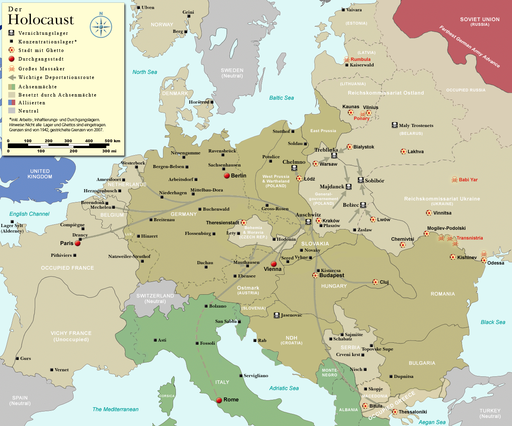
Links with the Polish Home Army
The position in the camp seemed even more difficult when links to the Polish Underground were severed following the arrest and execution of 47 members in October 1943. In the early months of 1944 a new camp military council was set up, headed by Poles who were under the command of the commander of the Polish Home army in the Silesia district. The only source of help to the camp was the Polish Home Army. It was agreed that although Pilecki’s pan for an uprising could not be supported an uprising would be supported in the best way possible if, and only if, the camp commandant started a total liquidation plan of all of the prisoners. However by 19447 with the quashing of the Warsaw Uprising, which received no help from the Allies, the prisoners in the camp knew that there would be no support for their actions.
A Jewish uprising
Perhaps the most desperate attempt to escape was that made by the Sonderkommando. These men who were Jews worked in the gas chambers and crematoria, sorting possessions and burying bodies. They were not immune from death, the average period of service was three months, thereafter the Jew was taken to the crematoria and killed, to be replaced by a man who had just arrived and was in better physical shape. In October 1944 the Camp Military Council were informed by some of the now friendly guards that the next batch of Sonderkommando would be executed. These men armed with a few weapons they had managed to hide, blew up one of the crematoria and killed the SS guards. Twelve of the men managed to escape but were caught and executed.
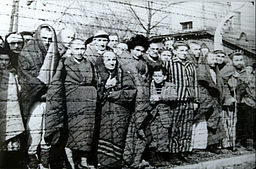
The Death March
Escapes came to an end when the camps residents were forced to evacuate the camp by their German guards. The suggestion is that 60,000 people left the camp on what would be called “The Death March” to Bergen Bergen Concentration camp in Germany. Only 20,000, one third of the original marchers arrived at the camp which was liberated in April 1945. Very few people, only those who were too sick to move were there when the Russians entered the camp on the afternoon of 27th January 1945.

